





I'm always collecting seeds, everywhere I go: in a park, on the street or in someone's garden. Some people may think I'm nuts to get into the flower beds in search of ripe seeds! Well, I'm not. I'm just addicted to plants and I can't help myself from taking a few seeds from a plant I like, so I can have one too!
Late summer and early fall are the best times to collect seeds and it always finds me unprepared. The first time I was tempted to collect seeds, I was at the seaside, walking on the streets of a beautiful Romanian resort, Mangalia. They had such beautiful gardens there and I was very impressed with some Mirabilis jalapa (4 o'clock) bushes I saw. I told myself they would look nice in my building's garden! I remembered something from my childhood, about the Mirabilis seeds being black, so I collected a few of each color they had there.
Once the thought of sowing seeds was in my head, I couldn't stop myself from collecting more seeds. I suddenly had a need to collect as many seeds as I could carry!
Like most of my fellow seed snatchers, I have gone through all kinds of embarassing situations which have taught me that it's best to ask first before taking seeds. And make sure none of my family is around; my dear husband and children are totally embarrased with my behavior. Speaking of which, I'll have to remind them where the seeds came from when they are enjoying the view of our garden this summer!
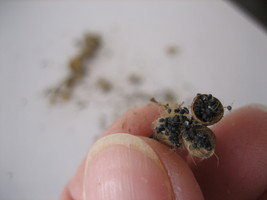
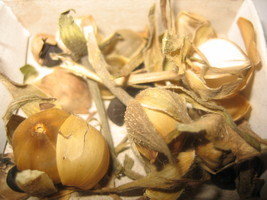 The seeds must be dry when collected; otherwise they won't germinate. You must be able to distinguish the dried seeds from the pod, which is usually opened and has changed its color from green to brown to signal the seeds are ripe.
The seeds must be dry when collected; otherwise they won't germinate. You must be able to distinguish the dried seeds from the pod, which is usually opened and has changed its color from green to brown to signal the seeds are ripe.
When I see some perfect, dry pods I handle them carefully, so the seeds won't spread. First I look in my pockets to see if I have a piece of paper or a small bag--anything I can use for saving the seeds until I get back home. Surely, I'm not leaving without the seeds! I'm always willing to convert any bit of paper or plastic into a makeshift container for seeds! A few years ago I was walking in the park and I saw that the Portulaca seed pods were dry and ready to be collected. Oh, I wasn't prepared for this, and I couldn't find any paper or plastic bag anywhere! I finally spotted a gentleman who was smoking, and I knew I was saved. I asked if he could give me the plastic which covered his cigarette pack for saving my seeds. He gave me a pitiful look, but he gave me the small plastic wrapper. What a relief! I thanked him as though he had just saved my life.
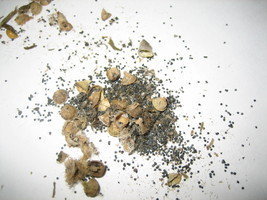
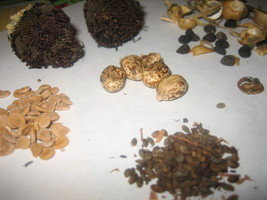 Some plants may have bigger seeds, like the mirabilis, coneflower, dahlia, datura, morning glory, calendula, marigold and hollyhock. I can keep those in my pocket when collecting, (but only if the pocket doesn't have holes!) Still, pockets can't help me when I'm collecting those pods containing tiny little seeds from petunia, snapdragon, pansy, portulaca, foxglove, salvia, or balsam impatiens. I have to be very careful with them, so they won't spread all over. For saving those seeds, I need at least a piece of paper, which I have to seal tightly until I get back home and save them in a small little paper or cellophane bag.
Some plants may have bigger seeds, like the mirabilis, coneflower, dahlia, datura, morning glory, calendula, marigold and hollyhock. I can keep those in my pocket when collecting, (but only if the pocket doesn't have holes!) Still, pockets can't help me when I'm collecting those pods containing tiny little seeds from petunia, snapdragon, pansy, portulaca, foxglove, salvia, or balsam impatiens. I have to be very careful with them, so they won't spread all over. For saving those seeds, I need at least a piece of paper, which I have to seal tightly until I get back home and save them in a small little paper or cellophane bag.
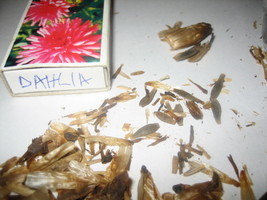
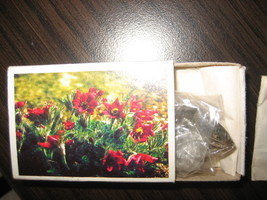
Even so, the small seeds can slip out of the bags. To prevent that, I always keep the paper bags inside of a small matchbox, so the seeds won't spill out and mix with each other.
After collecting the seeds, I write the plant's name and color on the paper bag or on the matchbox. If I don't know the plant's name, I usually write a note, describing the place where I took the seeds from and the plant's appearance. I can always search the Dave's Garden PlantFiles to find the plant's name or maybe take a picture of the plant or seeds and ask for help on the Plant and Tree Identification forum. It's always possible to get a correct answer from our Dave's Garden friends!
For new gardeners, I should explain why is it so important to know the plant's name after you collected the seeds. Plants can have different needs for germinating and growing. You'll need to know how to grow the plant, if it needs to be well-watered or not, if it needs sun or shade, how you can propagate it, when does it bloom and if there are any other colors of the plant's flower. If you want to know all these things, then you are a real gardener!
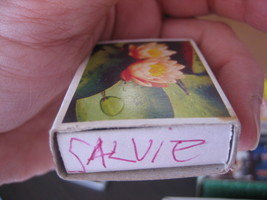
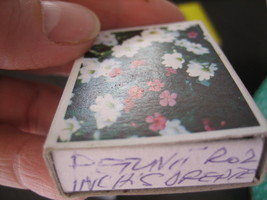
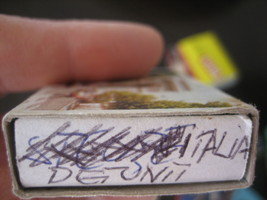
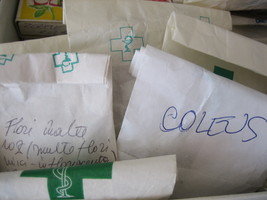
I usually recycle the small paper bags I get from the pharmacy when I buy meds.These bags are perfect for saving the seeds because they keep them dry and these photos show how they will be stored until I sow them.
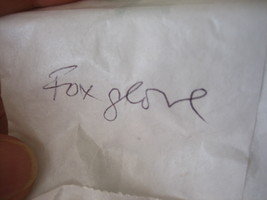
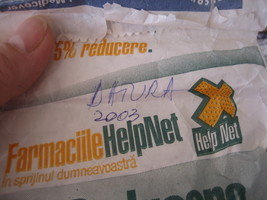
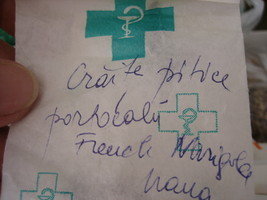
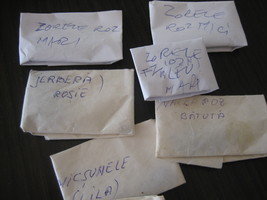
If I have only a few seeds to save, I use rectangular sheets of paper, cut in small pieces, which can be folded like small packets. They used to make these in the pharmacy years ago, when they didn't have the paper bags they use nowadays.
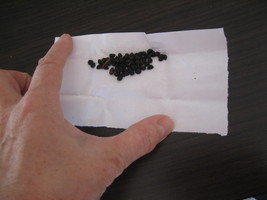
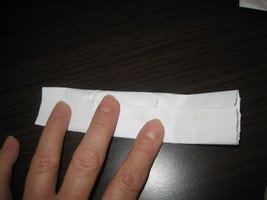
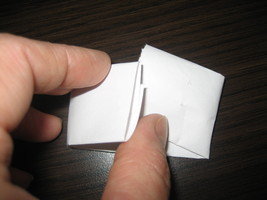
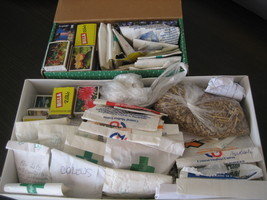
Here I'm keeping the seed packets in two different boxes--one for the tiny seeds and the other for the bigger ones.
Since I have saved so many seeds, I guess it's time to start sowing! March is the perfect time to sow the seeds in pots, so the seedlings will grow strong enough before it's time to plant them in the garden.
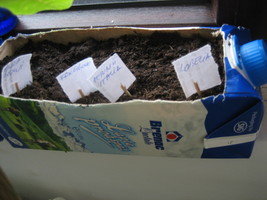
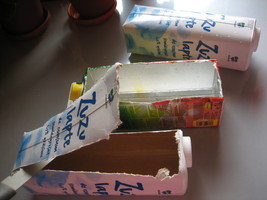
Here I'm using recycled milk and tomatos juice boxes for making those pots. I fill them with soil and then I sow the seeds.
Join me now in choosing the seeds I want to sow! I'm going to start the smaller seeds in pots and I will sow the big ones right in the flower beds outside, when the weather warms up.
I've chosen the seeds I want to grow this year in the garden: pansies, salvias, portulaca, foxgloves, snapdragons, with lots of petunias both for the garden and for growing in the window containers and lobelias for the containers.
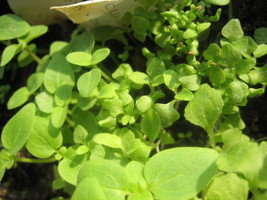
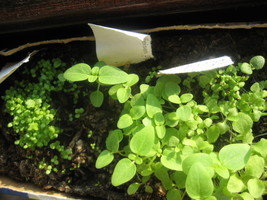
Now I have to label them , so I'll know which is which. The labels are written on small pieces of white paper. I stick them into a toothpic and then into the soil.
I'll be keeping the pots in the conservatory, where is warm enough for them to grow.
Over the years, I have collected thousands (maybe millions!) of seeds and I have experienced so many wonderful moments after sowing them and watching the plants pop out! You should try it, too--it'll make your heart sing!
For more reading, check these articles by Jill M. Nicolaus (aka "critterologist"):
Seed Snatchin': The Art and Sport of Collecting Seeds
and
Shake down your plants for free seed: an introduction to collecting seeds
Copyright © www.100flowers.win Botanic Garden All Rights Reserved